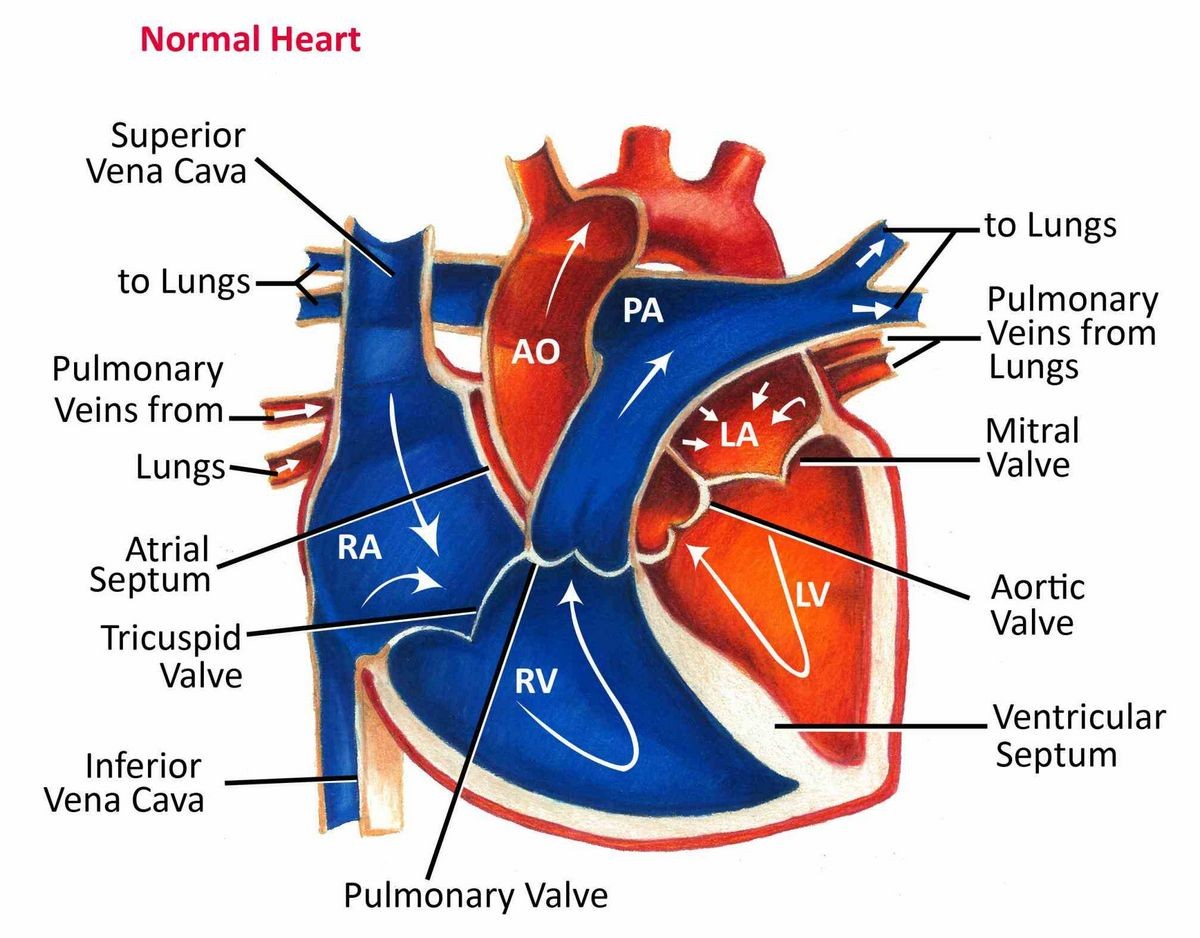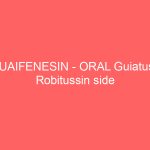
Contents
How the Heart Works
The heart pumps oxygenated red blood cells, nutrient-rich blood, and platelets throughout your body to sustain the life of your organs.
- The heart starts beating about 22 days after conception and continuously pumps oxygenated red blood cells, nutrient-rich blood, and platelets throughout your body to sustain your organs.
- Its pumping power also pushes blood through organs like the lungs to remove waste products.
- This fist-sized powerhouse beats about 100,000 times per day, pumping five or six quarts of blood each minute, or about 2,000 gallons per day.
- If the heart stops beating, brain cells begin to die in about 4-6 minutes, and after 10 minutes, brain cells effectively cease to function. However, there are a few exceptions to this timeline.
- The heart contracts and relaxes through a series of regulated events.
- The normal heart has 4 chambers that undergo the squeeze and relax cycle at specific time intervals regulated by electrical signals.
- The normal sequence of electrical signals can be sped up or slowed down depending on the needs of the individual.
This article aims to help individuals learn about heart anatomy, the circulatory system, and heart health. It does not cover all the problems that can occur with the heart.
Heart Diagram: Parts, Location, and Size
Illustrations of Blood Flow to the Heart
Location and Size of the Heart
- The heart is located under the rib cage, primarily to the left of the sternum, between the lungs and above the diaphragm.
- The heart is about the size of a closed fist, weighs approximately 10.5 ounces, and has a somewhat cone-shaped structure. It is covered by the pericardium or pericardial sack.
- The heart consists of four chambers divided by a muscular wall called the septum.
- The right and left sides of the heart have two top chambers called the atria, which receive blood, and two bottom chambers called ventricles, which pump blood to the lungs and body.
- The heart has its own mini-circulatory system composed of the coronary arteries and veins.
- Two major coronary arteries branch off from the aorta: the right coronary artery and the left main coronary artery.
- The coronary arteries and their branches supply blood to all parts of the heart muscle.
Normal Heart Anatomy and Physiology
The atria and ventricles of the heart work sequentially, contracting and relaxing to pump blood and prevent backflow through the heart valves. There are four heart valves:
- Mitral valve (between the left atrium and left ventricle)
- Tricuspid valve (between the right atrium and right ventricle)
- Aortic valve (between the left ventricle and aorta)
- Pulmonic valve (between the right ventricle and pulmonary artery)
Function of Heart Valves
- Heart valves work like one-way valves in home plumbing, preventing blood from flowing in the wrong direction.
- Each valve has leaflets or cusps.
- The mitral valve has two leaflets, while the others have three.
- The leaflets are attached to and supported by a ring of tough, fibrous tissue called the annulus.
- The annulus helps maintain the proper shape of the valve.
- The leaflets of the mitral and tricuspid valves are also supported by tough, fibrous strings called chordae tendineae.
- The endocardium is the membrane that lines the heart chambers and valves. It provides a slick surface to prevent blood substances from sticking to the heart’s inner surface. It also contains specialized muscle cells and collagen fibers that make it elastic.
- The SA node and AV node are clusters of cells that generate and control electrical impulses to regulate the heart’s rhythm and contraction.
- The heart rate and blood pressure are influenced by ventricular contractions, which are regulated by the body’s autonomic nervous system.
- At rest, a normal heart beats around 50 to 99 times a minute, but it can increase during exercise, emotions, fever, or due to certain medications.
Question
How Does Blood Flow Through the Heart?
The right and left sides of the heart work together to continuously circulate blood, supplying oxygen and nutrients to the body cells and removing waste products. Veins typically carry oxygen-poor blood with carbon dioxide, while arteries carry oxygen-rich blood. The blood flow through the heart follows a specific pattern:
Right Side of the Heart
- Blood enters the heart through the inferior and superior vena cava, emptying oxygen-poor blood from the body into the right atrium.
- When the right atrium contracts, blood flows into the right ventricle through the open tricuspid valve.
- Once the ventricle is full, the tricuspid valve shuts to prevent backflow into the atrium during ventricular contraction.
- As the right ventricle contracts, blood leaves the heart through the pulmonic valve, flowing into the pulmonary artery and eventually reaching the lungs for oxygenation.
Left Side of the Heart (Simultaneously with the Right Side)
- The pulmonary vein delivers oxygen-rich blood from the lungs to the left atrium.
- During atrial contraction, blood flows from the left atrium into the left ventricle through the open mitral valve.
- When the ventricle is full, the mitral valve closes to prevent backflow into the atrium during ventricular contraction.
- As the left ventricle contracts, oxygenated blood leaves the heart through the aortic valve, flowing into the aorta and distributing throughout the body’s arteries and veins to complete circulation.
How Does Blood Flow Through the Heart to the Lungs?
- After passing through the pulmonic valve, blood enters the lungs for oxygenation. This is known as pulmonary circulation.
- From the pulmonic valve, blood travels to the pulmonary artery and reaches the lungs’ capillaries.
- In the lungs’ capillaries, oxygen from the air sacs diffuses into the blood, while carbon dioxide, a waste product, moves from the blood to the air sacs.
- Carbon dioxide is eliminated when you exhale.
- After purification and oxygenation, the blood returns to the heart’s left atrium through the pulmonary veins.
How Can You Prevent Heart Attacks and Strokes?
A healthy diet and regular physical activity can benefit your heart, regardless of age. The American Heart Association provides various suggestions to decrease the risk of heart disease:
- Lower cholesterol levels and manage them properly.
- Lower triglycerides.
- Treat and manage high blood pressure.
- Treat and manage diabetes.
- Maintain a healthy weight.
- Follow a heart-healthy diet.
- Engage in regular exercise.
- Reduce stress levels.
- Quit smoking cigarettes.
- Assess family history of heart disease at a young age.


